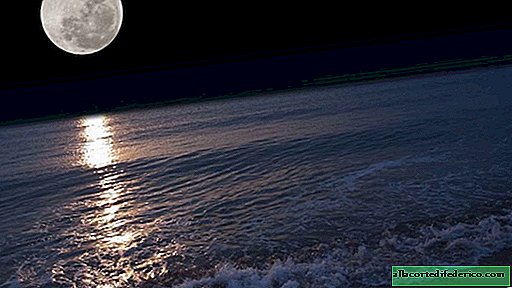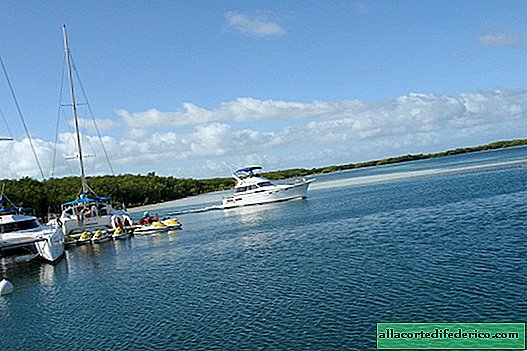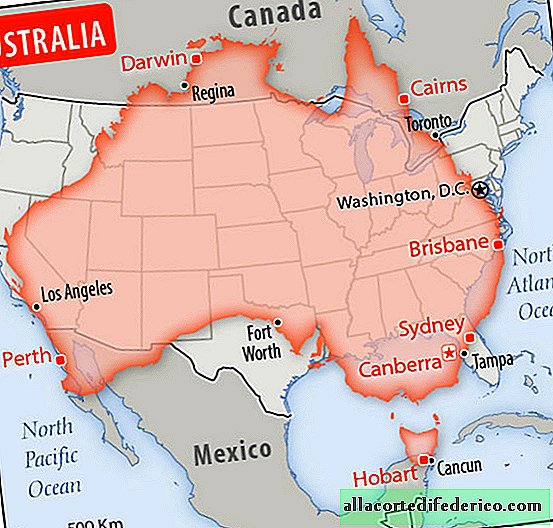The narrowest shipping canal in the world, which was built 2.5 thousand years
This channel linking the Aegean Sea with the Ionian is the narrowest navigable canal in the world. Its construction began in the 7th century BC, but was completed only at the end of the 19th century. The prominent rulers of Antiquity dreamed of building this canal, and the retreating Nazis in 1944 almost destroyed the unique structure. Today we will talk about the Corinth Canal in Greece.

Not one ruler of the ancient world dreamed of connecting the Saronic Gulf of the Aegean Sea and the Gulf of Corinth in the Ionian Sea. Using such a channel, it would be possible to shorten the path around the Peloponnese peninsula by as much as 400 kilometers. The canal began to be built by the ancient Greek ruler Periander in the 7th century BC. But, fearing that due to the difference in the level of the Aegean and Ionian seas, flooding could happen, he stopped a grand construction.

Instead, a stone trail Diolk was laid, traces of which are still visible not far from the canal. The story mentions Julius Caesar and Caligula, who also planned to complete the canal. Actual attempts to complete it were made by the emperors Nero and Galba, as well as the Byzantines and Venetians. But work on the completion of the "stubborn" channel with a length of only 6 kilometers always ran across some obstacles, and they had to be turned off.

It was possible to carry out the plan only at the end of the 19th century, when the Corinth Canal was finally built. The grand opening took place in August 1893 after 12 years of construction.

Most of the canal passes through the limestone massif, and the height of the sheer walls reaches 76 meters. The Corinth Canal, of course, is one of the most beautiful shipping channels in the world. But at the same time, it is also the narrowest of all existing channels. Its width is only 21 meters and reverse movement is organized along it. There are also restrictions on the breadth of vessels: large liners cannot pass through a narrow channel. Despite significant inconvenience, the Corinth Canal passes up to 15,000 vessels annually.

Interesting events took place with the Corinth Canal during World War II. In April 1941, Nazi forces invaded Greece. On the banks of the canal an enemy landing landed, which was not rendered worthy of resistance, and the fate of the Peloponnese peninsula was decided. The Corinth Canal was under Nazi rule until October 1944. All this time, he slowly fell into decay, since no one was engaged in cleaning and maintenance of the structure. Retreating, the Nazis tried to inflict as much damage on the famous channel. In its channel, the Vesta steam vessel was blown up, many defective equipment and fragments of the railway bridge were left. The Nazis deliberately blew up the walls of the canal, because of which it was filled up with a huge amount of soil. In order to put the hydraulic structure in order and restore its work, the help of American specialists was needed. The Corinth Canal was reopened in the summer of 1948 and has been successfully operating to this day.

Several automobile and railway bridges are thrown across the canal. And lovers of extreme sports often organize competitions and various events there.




















